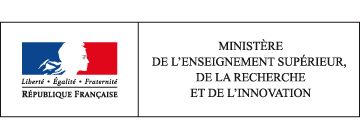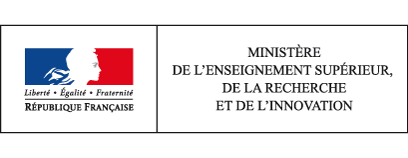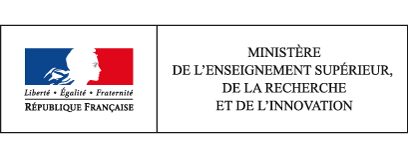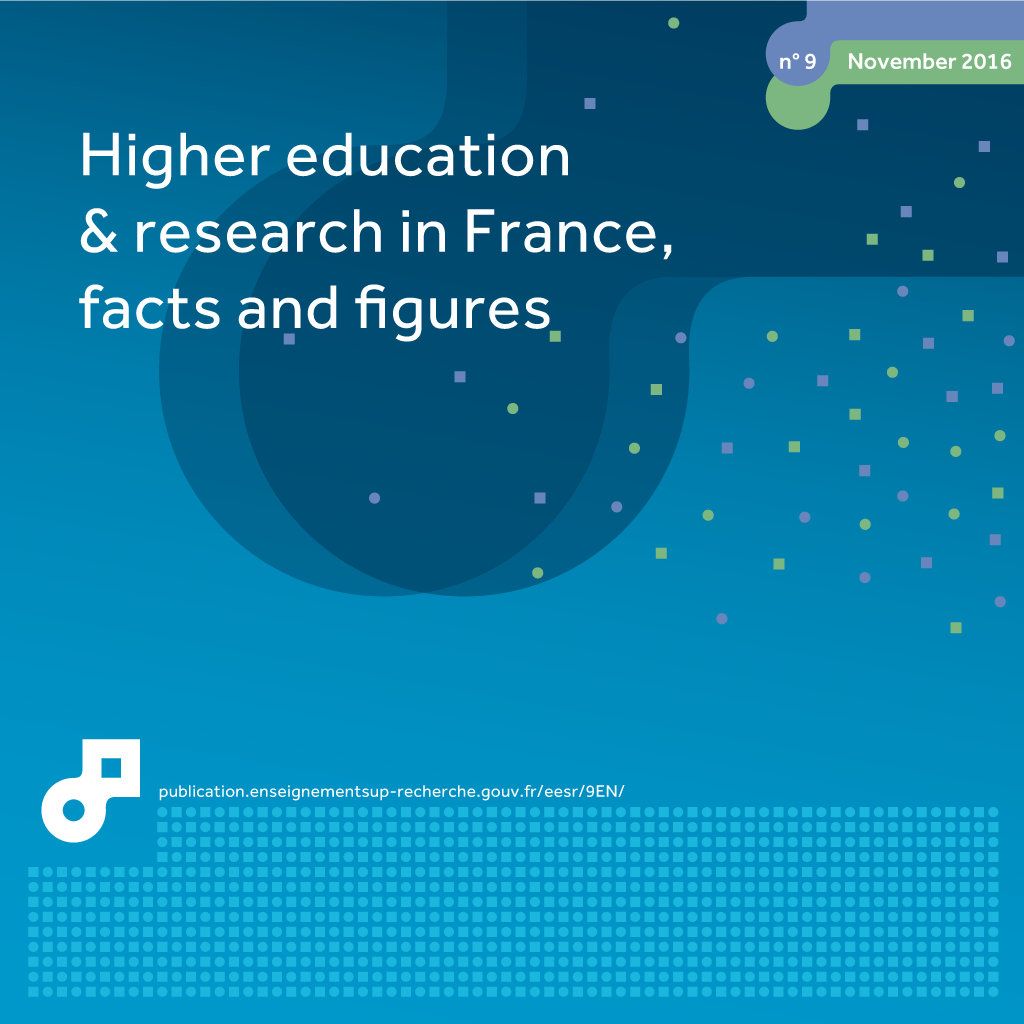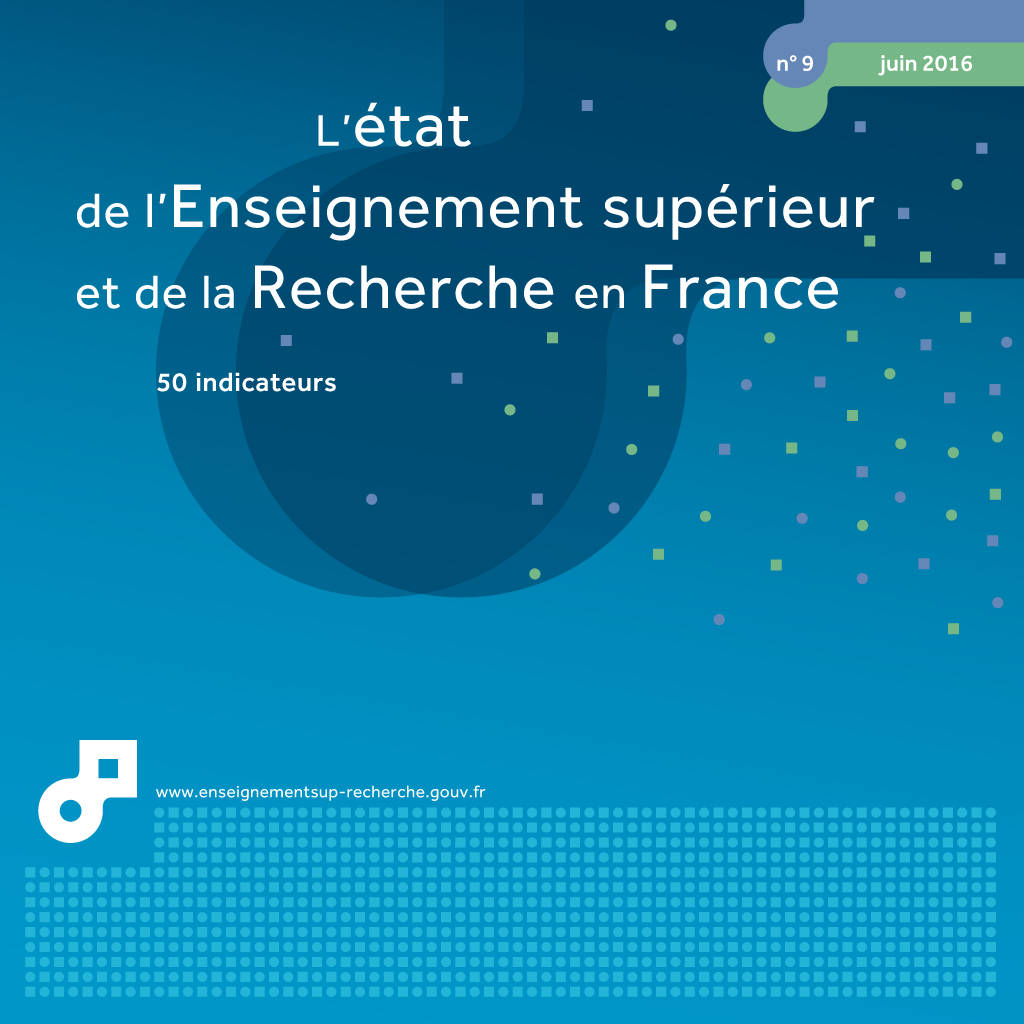48 France's worldwide position in terms of scientific publications
This page has been updated. Read 47. France's worldwide position in terms of scientific publications in Higher education & research in France, facts and figures 10th edition - June 2017
In 2014, France was ranked 6th in the world with 3.3% of all scientific publications worldwide. Like its major European counterparts, the country's share of publications is in decline, but its impact index is increasing and is above the world average. Of the top 10 countries in the world, France has the highest rate of international collaboration. The European Union and the United States are France's foremost scientific partners.
In 2014, the United States produced more than one-fifth of scientific publications worldwide (21.1%), followed by China (15.3%), the United Kingdom (5.%) Germany (4.9%) and Japan (4.6%) (chart 48.01). France was in sixth place with India (3.3% each), followed by Italy (3.2%) and Canada (3%). Among the countries whose world share of publications increased most between 2009 and 2014 were China and Iran, a country with limited scientific production but whose share increased by over 65%, and South Korea and India, whose share increased by 12% and 16% respectively. The world shares of Japan, France, the United Kingdom and the United States recorded a decline of between -15% and -23% between 2009 and 2014.
The redistribution of scientific production worldwide, and especially the decline in the share of seven of the top nine producing countries, is now established. While the United States' world share has been declining over the last twenty years, for France, its European counterparts - Germany and the United Kingdom - and Japan this erosion started later, between 1999 and 2003 (chart 48.02a). Together, these five countries accounted for about 58% of publications worldwide in 2001, but only 38.9% in 2014. The rise of China, Brazil, India and other countries with fast-growing scientific development is the reason for the decline in the share of world production by the traditional big scientific countries.
By contrast, the visibility of publications (observed impact index) from the foremost producer countries increased between 2001 and 2014. For France, Germany and the United Kingdom, visibility increased by at least 17%, although France's lagged slightly behind the other two countries (chart 48.02b). During this same period, the United States and Japan maintained their level of visibility. China advanced not only in its share of publications but also in visibility; nevertheless its impact index, which increased by 58% between 2001 and 2014, was still considerably below the world average.
In 2014, with more than 51% of publications involving at least one laboratory abroad (chart 48.03), France had the highest rate of international collaboration, just ahead of the United Kingdom and Germany. Next came Canada, Italy and the United States (33%). The share of international publications from the four Asian countries (Japan, China, India and South Korea) ranged between 20% and 27%. Between 2009 and 2014, the international collaboration rate increased more than 23% for the United States and the United Kingdom, 19% for France, while China's only increased by 2%.
In 2014, the 28 countries of the European Union (excluding France) were involved in more than half of France's international co-publications (table 48.04). Within the European Union, Germany and the United Kingdom are almost level, with involvement in more than 17% of France's co-publications. Next came other countries which are geographically close: Italy, Spain and Switzerland. The United States was involved in more than a quarter of France's co-publications.
The affinity index (table 48.04), which relates to co-publications with a country, taking into account the world share of international co-publications (see Methodology), reveals some close partnership ties formed through linguistic similarities or geographic proximity, just as France has with the Netherlands, Belgium, Italy, Switzerland and Spain (index significantly higher than 1).
Tessa Enock Levi, Françoise Laville, Chris Roth & Marie-Laure Taillibert
How to cite this paper :
close
48.01 World share of publications by the main producing countries, all subject areas combined (2014 and change from 2009 to 2014)
You can embed this chart to your website or your blog by copying the HTML code and pasting it into the source code of your website / blog:
close
48.02a Scientific publications by the top six producing countries (change from 2001 to 2014, all subject areas combined) - World share of publications (%)
You can embed this chart to your website or your blog by copying the HTML code and pasting it into the source code of your website / blog:
close
48.02b Scientific publications by the top six producing countries (change from 2001 to 2014, all subject areas combined) - Immediate impact index
You can embed this chart to your website or your blog by copying the HTML code and pasting it into the source code of your website / blog:
close
48.03 Share of international co-publications, all subject areas combined, by the top ten producing countries (2009 and 2014) (%)
You can embed this chart to your website or your blog by copying the HTML code and pasting it into the source code of your website / blog:
close
48.04 Share of France's international copublications and affinity index with the top ten partner countries, all subject areas combined (2014)
You can embed this table to your website or your blog by copying the HTML code and pasting it into the source code of your website / blog:
close
Translation
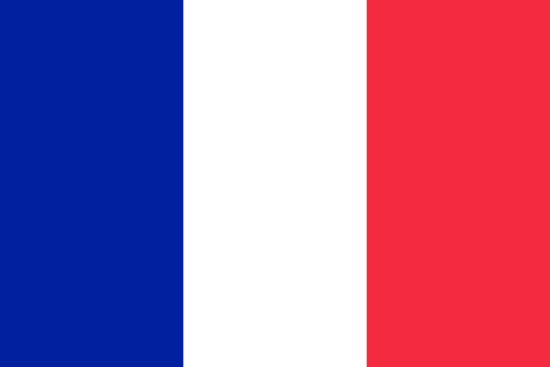 Etat de l'enseignement supérieur et de la rechercheL'état de l'Enseignement supérieur et de la Recherche en France n°9 - Juin 2016
Etat de l'enseignement supérieur et de la rechercheL'état de l'Enseignement supérieur et de la Recherche en France n°9 - Juin 201648 - le positionnement de la France dans le monde par ses publications scientifiques - Tessa Enock Levi, Françoise Laville, Chris Roth & Marie-Laure Taillibert
